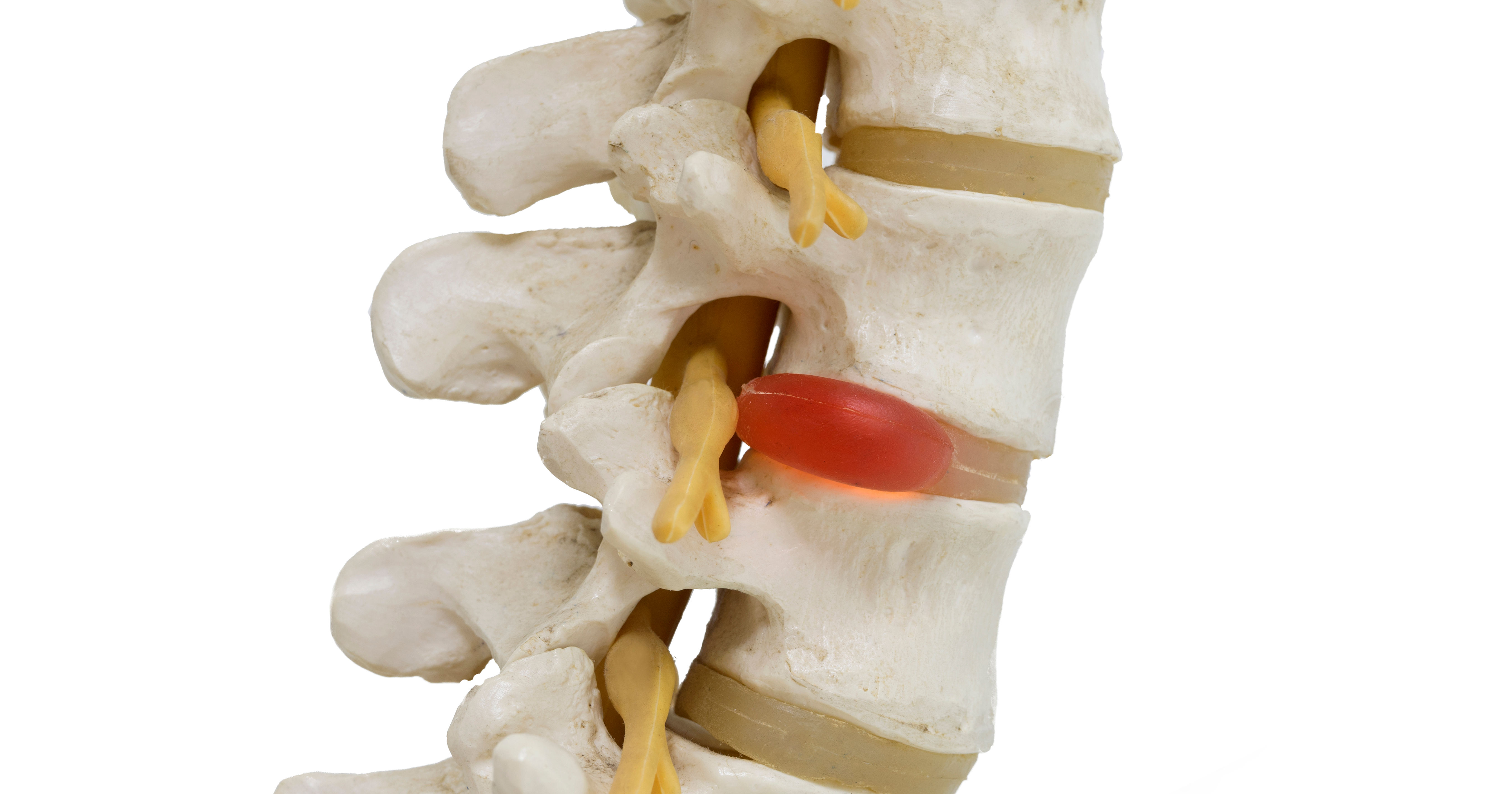 As injury to the temporomandibular joint (TMJ) is frequently rather painful, we do our best to help our Cary patients find relief as quickly and effectively as possible. In fact, Dr. Gugerli will tell you that the medical literature shows just how much chiropractic can help ease pain in the TMJ.
As injury to the temporomandibular joint (TMJ) is frequently rather painful, we do our best to help our Cary patients find relief as quickly and effectively as possible. In fact, Dr. Gugerli will tell you that the medical literature shows just how much chiropractic can help ease pain in the TMJ.
For instance, one study published in Physiotherapy Theory and Practice involved 15 participants with TMJ pain who were managed with neck adjustments, middle-back adjustments, and trigger point therapy via dry needling. Subjects were assessed prior to these therapies and at 15 days and two months post-treatment. They reported positive results such as reduced pain, greater jaw movement, and lower disability at both follow-ups.
Another research paper carried out an analysis of almost 800 papers involving manual and manipulative therapy for conditions such as TMJ and found similar findings. The authors concluded that there is a "fair...level of evidence" that chiropractic care can help ease pain associated with TMJ and other upper extremity disorders.
This is great news since the origins of TMJ are largely unknown. While trauma to the jaw or neck can cause pain symptoms, there are other factors to consider as well, such as grinding teeth, arthritis, and clenching of the jaw due to tension.
No matter what is making your jaw hurt, call Dr. Gugerli now and make an appointment to come into our Cary office. We'll do our best to help you smile pain-free!
References
- Gonzalez-Iglesias J et al. (2013, November). Mobilization with movement, thoracic spine manipulation, and dry needling for the management of temporomandibular disorder: a prospective case series. Physiotherapy Theory and Practice;29(8):586-95
- Brantingham J et al. (2013, March-April). Manipulative and multimodal therapy for upper extremity and temporomandibular disorders: a systematic review. Journal of Manipulative and Physiological Therapeutics;36(3):143-201
- Oral Care. WebMD. Retrieved from http://www.webmd.com/oral-health/guide/temporomandibular-disorders-tmd on November 2, 2015



